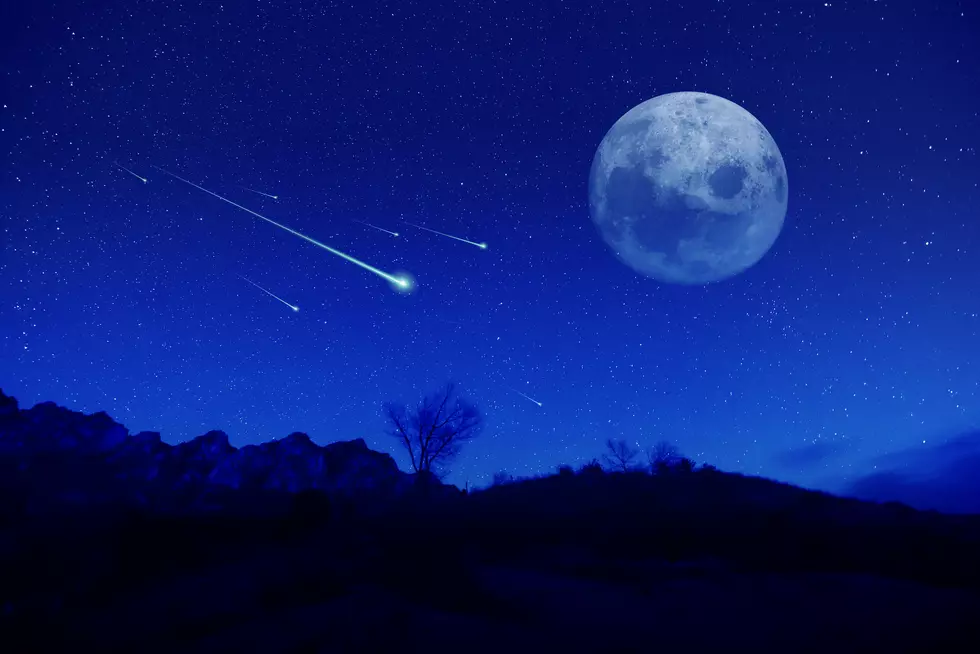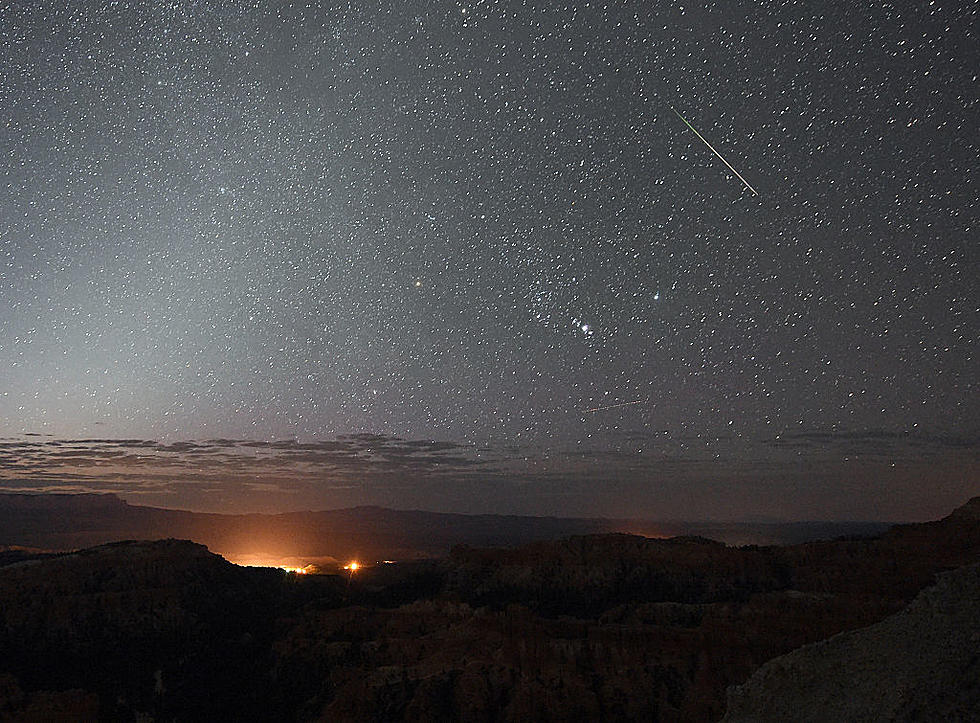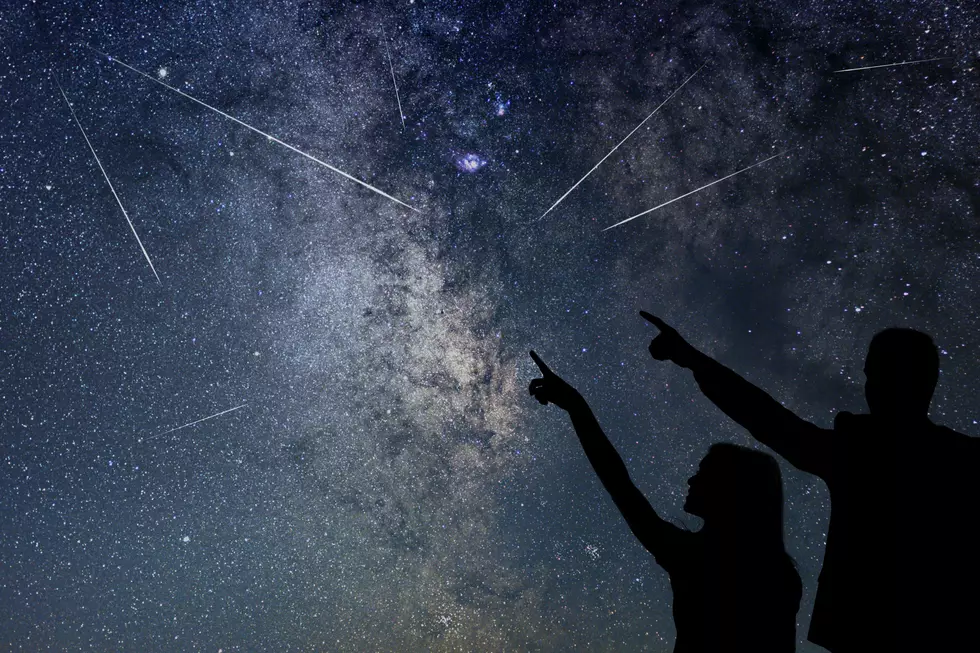
2 Active Meteor Showers In CNY This Month
Stargazers could see some shooting stars and fireballs over CNY as we have a couple of back to back meteor shows this month.
Meteors are caused by streams of cosmic debris called meteoroids entering Earth's atmosphere at extremely high speeds on parallel trajectories. Meteors enter the Earth's atmosphere all the time. Did you hear the sonic boom on Labor Day 2019? That was a giant meteor that burned up low in the atmosphere.
We have 2 active meteor showers. The shower's peak with the moon’s phase greater than one half-illuminated (first quarter to last quarter) will be affected by moonlight and challenging to observe.
Southern Taurids
The Southern Taurids are a long-lasting shower that reaches a barely noticeable maximum on October 9 or 10. The shower is active for more than two months but rarely produces more than five shower members per hour, even at maximum activity. The Taurids (both branches) are rich in fireballs and are often responsible for an increased number of fireball reports from September through November. [American Meteor Society]
- Shower details - Radiant: 02:08 +8.7° - ZHR: 5 - Velocity: 17 miles/sec (slow - 28km/sec) - Parent Object: 2P/Encke
- Active from September 10th to November 20th, 2019
- Next Peak - The Southern Taurids will next peak on the Oct 9-10, 2019 night. On this night, the moon will be 87% full.
National Weather Service Forcast:
Wednesday, October 9th: Mostly sunny, with a high near 63. Calm wind becoming east around 5 mph in the afternoon.
Wednesday Night: Partly cloudy, with a low around 42.
Thursday, October 10th: Mostly sunny, with a high near 63.
Thursday Night: Partly cloudy, with a low around 44.
Orionids
The Orionids are a medium strength shower that sometimes reaches high strength activity. In a normal year, the Orionids produce 10-20 shower members at maximum. In exceptional years, such as 2006-2009, the peak rates were on par with the Perseids (50-75 per hour). Recent displays have produced low to average displays of this shower. [American Meteor Society]
- Shower details - Radiant: 06:20 +15.5° - ZHR: 20 - Velocity: 41 miles/sec (swift - 67km/sec) - Parent Object: 1P/Halley
- Active from October 2nd to November 7th, 2019
- Next Peak - The Orionids will next peak on the Oct 21-22, 2019 night. On this night, the moon will be 45% full.
Will you try to see a few shooting stars?
More From KISS 104.1









